When you’re choosing your next pair of sunglasses, there’s one word that always pops up in the specs: polarised. It sounds high-tech, eco-futuristic, and often comes with a slightly higher price tag — but what does it actually mean? And how does it compare to non-polarised lenses?
At Childe Eyewear, we handcraft sunglasses from premium bio-acetate and fit them with Plant-Based Bio Lenses, advanced optical lenses that are lighter, clearer, and more sustainable than traditional petroleum-based plastics. Some of our lenses are polarised, some are not because each serves a different purpose.
Here’s your ultimate guide to understanding the difference between polarised and non-polarised lenses, and why Childe’s plant-based lens technology redefines what eco-luxury eyewear really means.
What Are Polarised Lenses?
Polarised lenses are designed to reduce glare, that harsh, blinding light that reflects off water, roads, metal, or glass surfaces.
Think about driving along the coast on a summer afternoon, or staring out over the ocean at Byron Bay. Sunlight bounces off horizontal surfaces and scatters in every direction, but one powerful reflection can hit your eyes directly. That’s glare — and it doesn’t just make you squint; it causes eye strain, headaches, and visual fatigue.
Polarised lenses contain a special filter that blocks horizontally oriented light waves. It works like a microscopic Venetian blind inside the lens — only allowing vertical light to pass through. The result? Sharper contrast, richer colour, and a calm, comfortable view even under intense sunlight.
However, there’s one important thing to know: polarised lenses are not suitable for night-time driving. Because they reduce overall light transmission and block certain reflections, they can make it harder to see in low-light or dimly lit conditions — including headlights, streetlights, and subtle road surface details.
In short, polarised lenses are incredible during the day, but you should avoid using them at night.
What Are Non-Polarised Lenses?
Non-polarised lenses still block UV rays and reduce brightness, but they don’t contain that horizontal light filter. Instead, they use tints, coatings, or colour gradients to soften the intensity of sunlight across the board.
This doesn’t make them inferior — in fact, for some people and activities, non-polarised lenses are better.
For example:
-
Pilots, sailors, and skiers often prefer non-polarised lenses because polarisation can sometimes make it harder to see instrument screens or icy patches.
-
Designers, photographers, and artists may prefer to see reflections and contrasts naturally.
-
Night-time or low-light drivers should always use non-polarised lenses or clear optical lenses to maintain full visibility.
-
Everyday wearers who move between shade and sunlight might prefer the slightly more natural brightness of non-polarised lenses.
So, while non-polarised lenses don’t cut glare as aggressively, they often provide a more true-to-life visual experience — especially in mixed or dim light.
The Science Behind Polarisation: How It Works
To go a little deeper, light waves from the sun vibrate in all directions. When those waves hit a flat surface like water, glass, or asphalt, the reflected light becomes polarised, meaning most of it travels in a horizontal orientation. That’s what creates glare.
A polarised filter is made up of aligned molecules that absorb horizontal light and let vertical light pass through. Imagine a picket fence: if you try to throw a flat stick through the gaps vertically, it passes easily. Horizontally, it gets blocked. That’s exactly how a polarised lens works, filtering light so you see clearer, deeper colours with less reflection.
When to Choose Polarised Lenses
At Childe, our polarised bio lenses are a popular choice for anyone who spends time outdoors — especially near water, sand, or reflective surfaces. They’re ideal for:
-
Beach days and surf sessions: Say goodbye to harsh glare off the water.
-
Daytime driving: Polarised lenses dramatically improve contrast and reduce reflections from car bonnets and wet roads.
-
Outdoor adventures: Hiking, fishing, cycling, or boating — they help you see true depth and colour in high-glare environments.
You’ll notice the difference instantly. Colours appear richer, blacks deeper, and details sharper. It’s the visual equivalent of upgrading to 4K vision.
⚠️ Important: Because polarised lenses reduce overall light intensity, they’re not recommended for driving at night or in low-light conditions. For night-time or dusk driving, non-polarised or clear lenses are a safer and more effective choice.
When Non-Polarised Makes Sense
That said, non-polarised lenses have their own charm and purpose:
-
Fashion and everyday wear: They tend to show reflections more naturally, preserving the subtle sheen of surfaces — great for photography and style shoots.
-
Pilots, skiers, and screen users: They make it easier to read digital displays, phones, and dashboards.
-
Urban environments and low-light settings: When glare is minimal or when you’re driving at night, non-polarised lenses provide a clearer, brighter, and more natural view.
Many of Childe’s fashion-forward frames — like the Folsom, Oracle, Audio, Ballet, Mood and Tomb come with both options, depending on your lifestyle.
Plant-Based Bio Lenses: A New Generation of Vision
Traditional lenses are made from petroleum-based nylon or polycarbonate plastics which are heavy on fossil fuels and slow to degrade.
At Childe, we’ve moved beyond that. Our Plant-Based Bio Lenses are made using bio-nylon derived from castor bean oil — a renewable plant resource. They deliver everything you expect from a premium optical lens — clarity, durability, and scratch resistance — with a much lighter environmental footprint.
Here’s what makes them special:
1. Lightweight & Comfortable
Plant-based bio-nylon is naturally lighter than petroleum plastics. You feel it immediately — less pressure on the nose bridge, more balance across the temples, and a near-weightless fit that makes long wear effortless.
2. 100% UV Protection
Our lenses block 100% of UVA and UVB rays, protecting your eyes from long-term sun damage — a critical feature for both polarised and non-polarised options.
3. Optical Clarity
Our lenses are optically superior, offering sharper focus and truer colour rendering. They’re designed for both vibrant outdoor scenes and relaxed everyday wear.
4. Scratch & Impact Resistance
Bio-nylon’s natural elasticity makes it more resilient to scratches and drops. Whether they’re tossed in your beach bag or riding shotgun on your road trip, your lenses stay protected.
5. Sustainably Sourced
Castor beans are a non-food crop that grows in dry regions with minimal water. This makes them a sustainable alternative that doesn’t compete with food agriculture — a perfect fit for Childe’s The Future Is Nature philosophy.
Polarised or Non-Polarised: Which Is Right for You?
It really depends on your lifestyle — and your aesthetic.
Ask yourself:
-
Do you spend lots of time outdoors, near water, or driving long distances during the day? → Go polarised.
-
Do you often drive at night, work with screens, or prefer a true reflection in your lenses? → Stay non-polarised.
Whichever you choose, Childe Plant-Based Bio Lenses deliver premium clarity and eco-conscious performance — because you shouldn’t have to choose between style, sustainability, and vision.
The Childe Difference: Conscious Craftsmanship
Every pair of Childe Eyewear sunglasses is handcrafted from premium bio-acetate — made from natural cellulose and plant-based plasticisers — and finished with Plant Based Bio Lenses. Together, they form an eyewear experience that’s as kind to your face as it is to the planet.
We believe style and sustainability should evolve together. Polarised or not, your lenses are part of a bigger movement — toward mindful design, durable quality, and the belief that The Future Is Nature.
So next time you slip on your favourite pair of Childe's and step into the sun, know that you’re not just seeing the world clearly — you’re seeing it consciously.




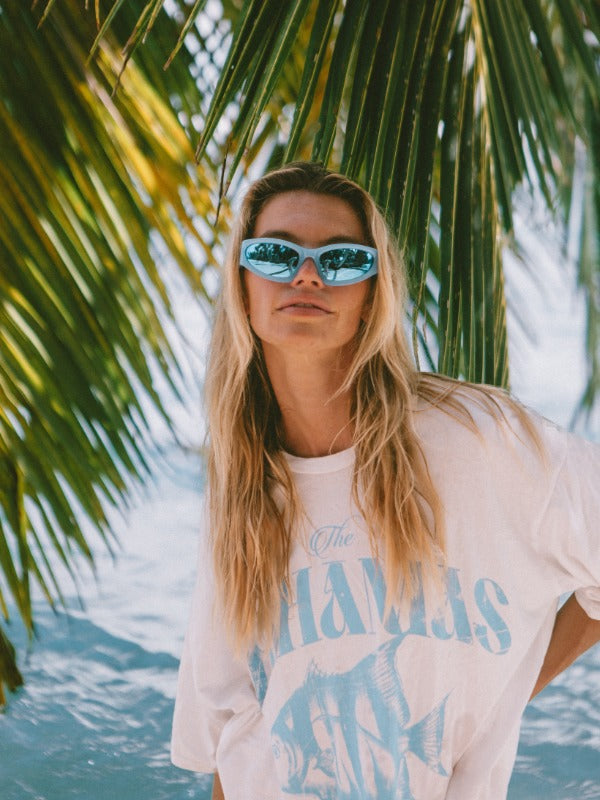

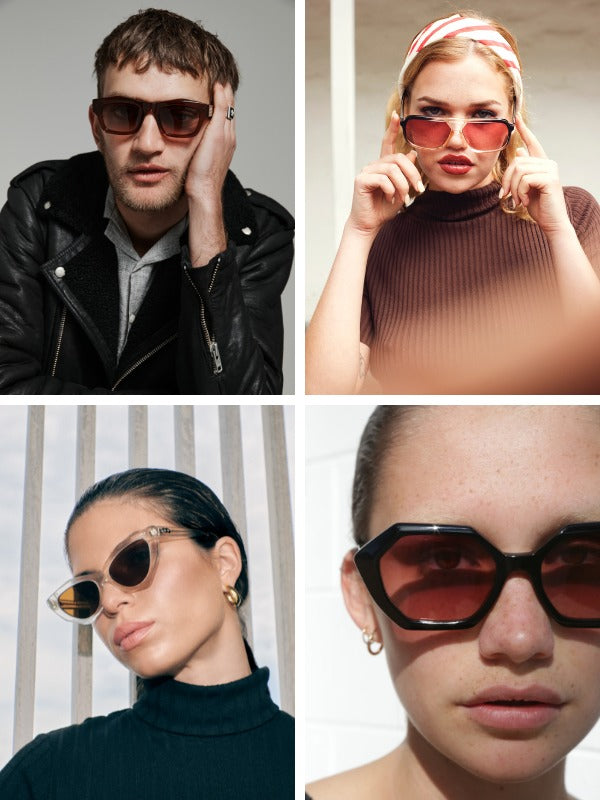
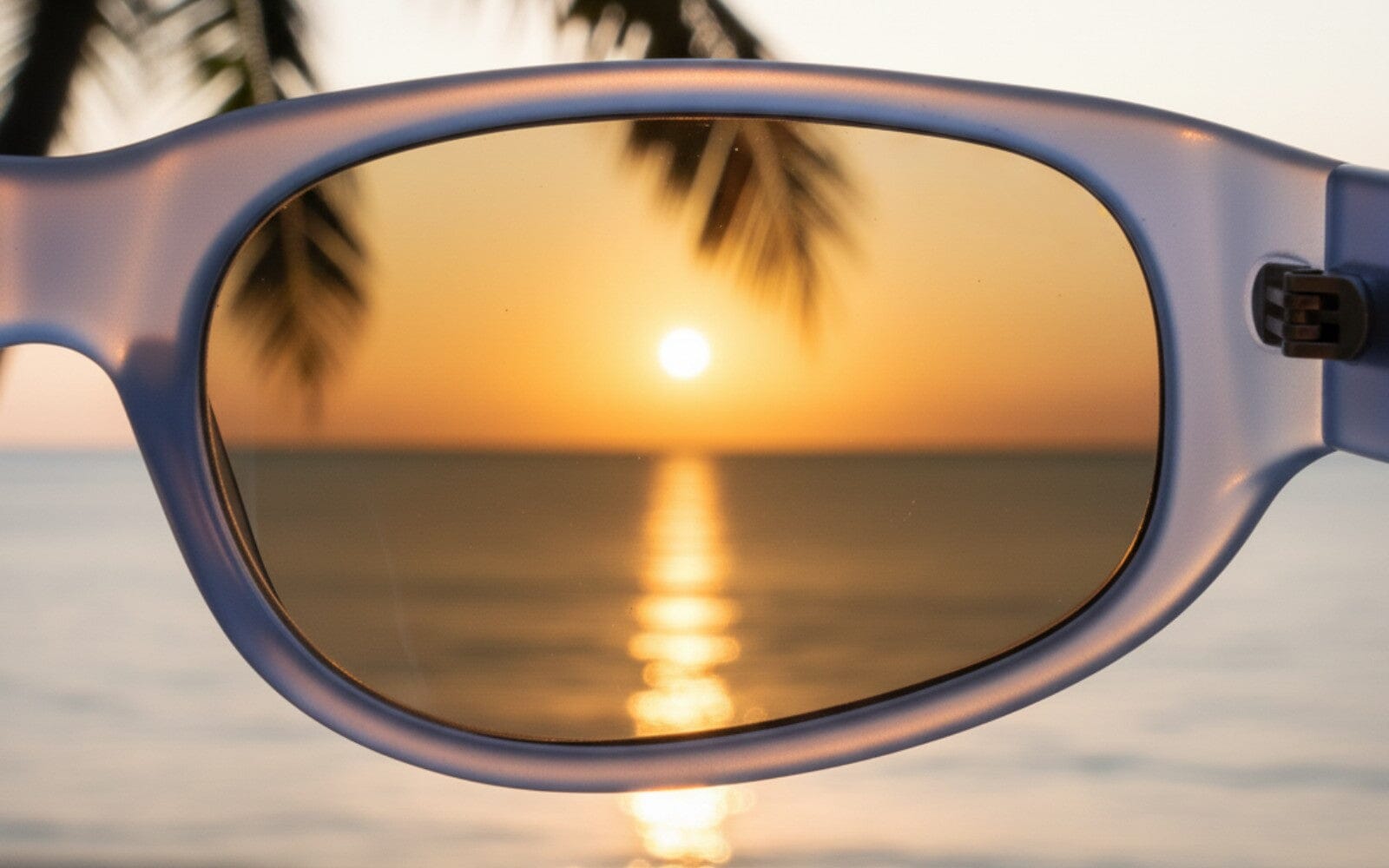







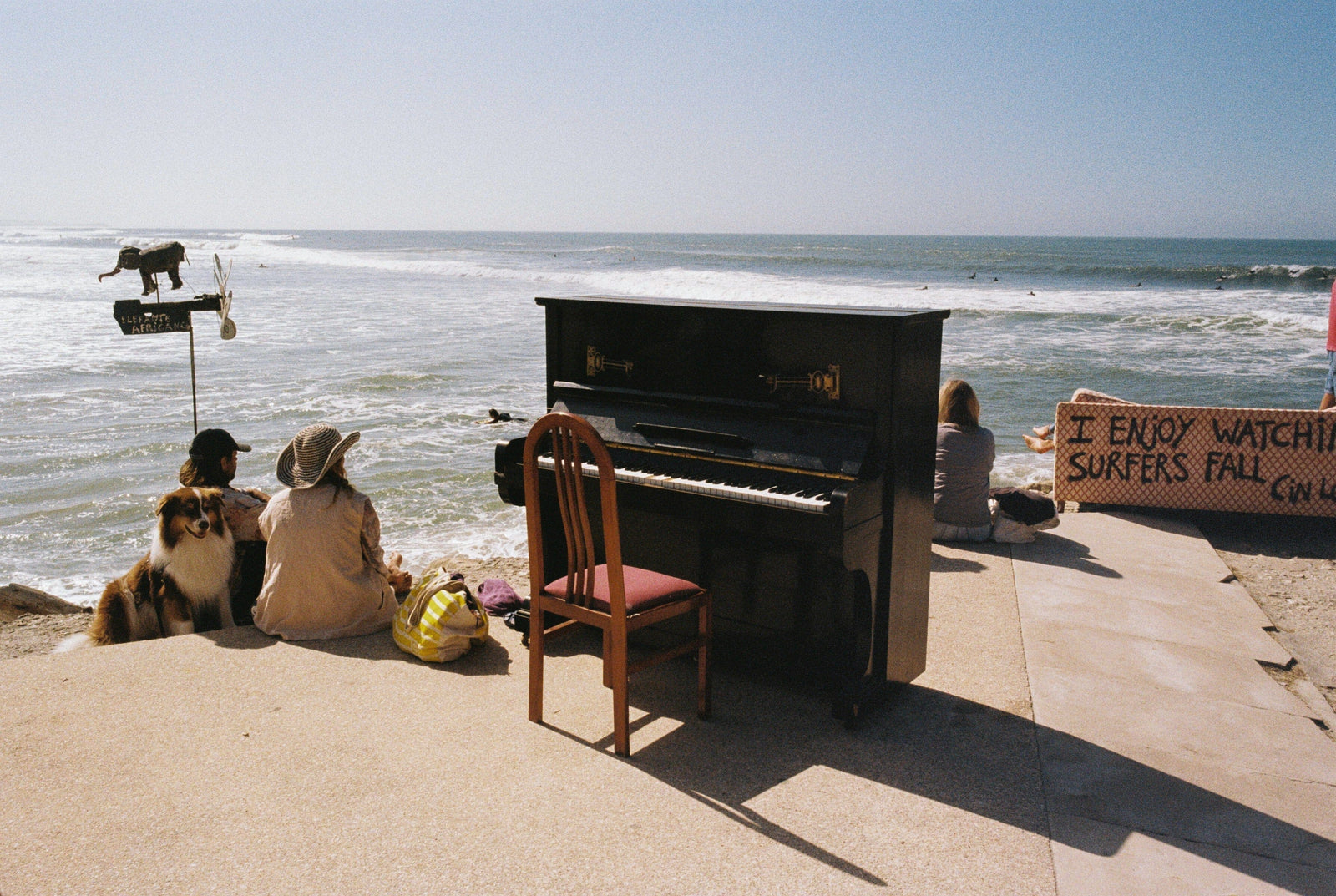
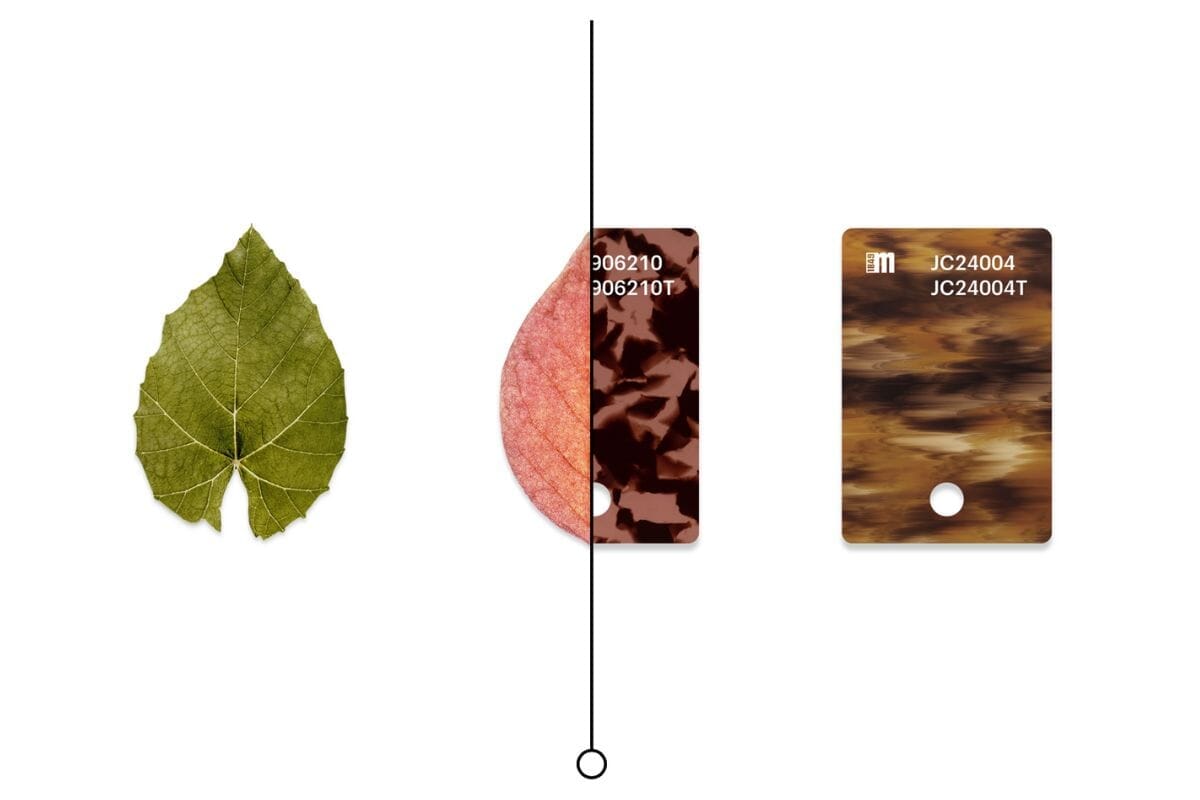
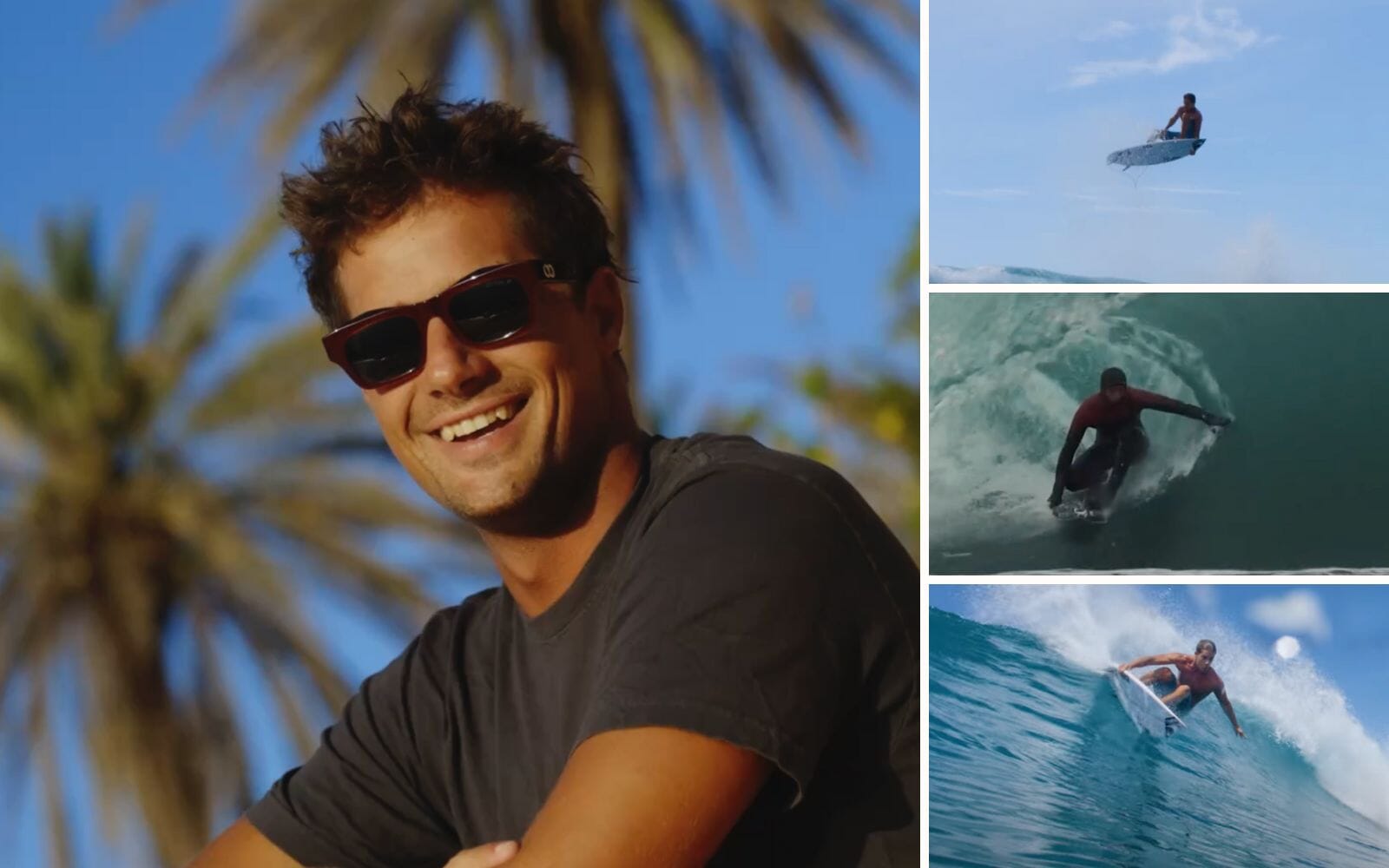
Kate McCrossin
October 29, 2025
Hey guys, I have a pair of black and white deletes, absolutely love them, but on a surf trip to Maldives, wore them in the surf, got wiped out, and the lenses blew out! DEVASTATED!!! Anyhow, just wondering whether you guys supply just replacement lenses to kinda keep in with the sustainability factor? If you do – fantastic! If not….i guess you’ll see me back in the shop! This was the third pair I’ve bought – absolutely love what you’re doing! Thanks and have a great day! Kate